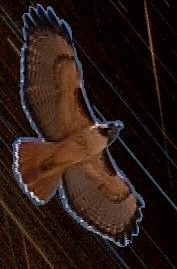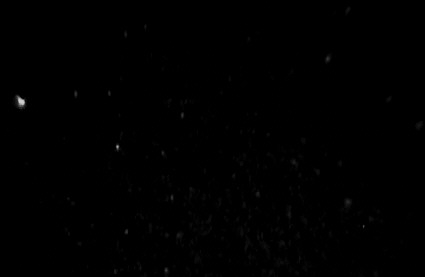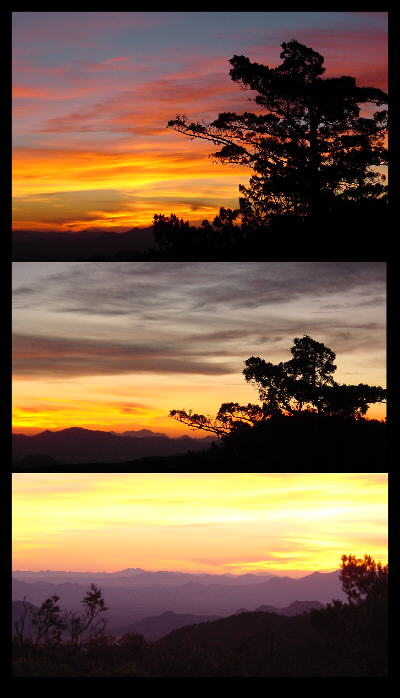 Notes
from November 18:
Notes
from November 18: Conditions were ideal -- clear skies at about 42 degrees on a still, moonless November night illuminated only by the milky way galaxy with its magnificent dust lanes.
 Coffee proved unnecessary -- the first electrifying sight of a fireball arching overhead at 40 miles per second
sent us scurrying for our equipment. We used a digital
camcorder with a night-vision intensifier to tape hundreds of meteors, and
captured still pictures using Fuji 800 film on long exposures -- one of which is shown as the background of this page.
Clicking on the pictures below will allow you to download MPEG movies of some
of the best fireballs recorded by the camcorder. At the end is a 4-minute
movie containing a loop of the 40 best events spliced together to the music
of Spyro Gyra.
Coffee proved unnecessary -- the first electrifying sight of a fireball arching overhead at 40 miles per second
sent us scurrying for our equipment. We used a digital
camcorder with a night-vision intensifier to tape hundreds of meteors, and
captured still pictures using Fuji 800 film on long exposures -- one of which is shown as the background of this page.
Clicking on the pictures below will allow you to download MPEG movies of some
of the best fireballs recorded by the camcorder. At the end is a 4-minute
movie containing a loop of the 40 best events spliced together to the music
of Spyro Gyra.
